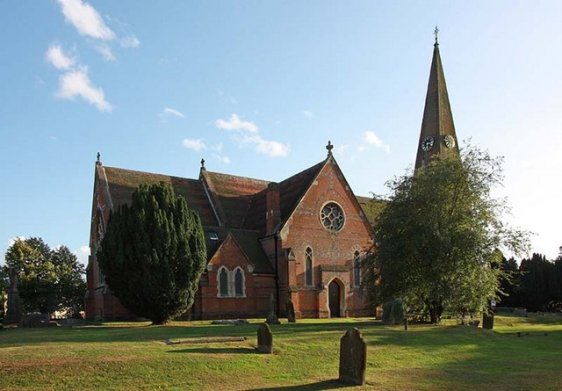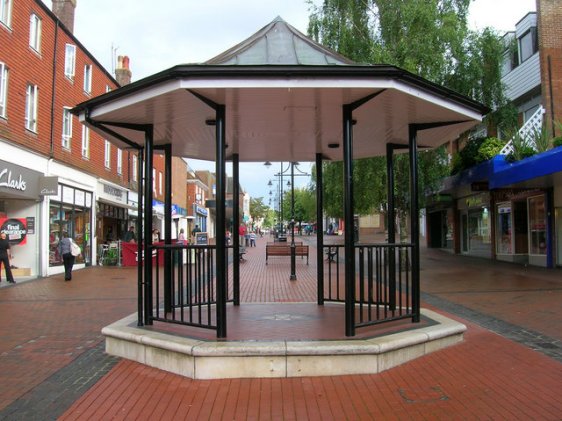Burgess Hill is a town spread between the districts of Mid Sussex in West Sussex and Lewis in East Sussex, England. Covering 9.47 sq km (3.66 sq mi), it has a population of 30,000 people (2012 estimate).
 St John the Evangelist's Church, Burgess Hill: Source: https://commons.wikimedia.org/wiki/File:St_John_the_Evangelist,_Burgess_Hill,_Sussex_-_geograph.org.uk_-_1470200.jpg
St John the Evangelist's Church, Burgess Hill: Source: https://commons.wikimedia.org/wiki/File:St_John_the_Evangelist,_Burgess_Hill,_Sussex_-_geograph.org.uk_-_1470200.jpgAuthor: John Salmon

The history of Burgess Hill dates to the later part of the Anglo Saxon period, just before Norman Conquest. Although the Romans had a presence in the area, even builting a road through it between London and Brighton Way, there is no evidence of Roman settlement. Burgess Hill was not listed in the Domesday Book of 1086, but the various parishes of which it originates were, among them Clayton, Keymer and Ditchling.
Right up to the early modern period Burgess Hill was a farming community particularly in the raising of livestock including sheep and lamb. When the railway line was constructed between London and Brighton, the train became a popular mode for transporting livestock.
Burgess Hill experienced booming growth in the mid-20th century. Between 1951 and 1961, its population of 7,000 people almost doubled. This was due in no small part to the industrial estates being developed in the area, bringing employment to people of the surrounding region.
 Band stand at Church Walk, Burgess Hill: Source: https://commons.wikimedia.org/wiki/File:BandstandBurgessHill.jpg
Band stand at Church Walk, Burgess Hill: Source: https://commons.wikimedia.org/wiki/File:BandstandBurgessHill.jpgAuthor: Simon Carey

Visiting Burgess Hill
From London take the A23 road heading south, part of the way as the M23 motorway, until you reach interchange to the A2300 road heading east towards Burgess Hill.Places of Interest in Burgess Hill
- Hammonds Place: Elizabethan house rebuilt in 1565.
- St John the Evangelist's Church: Anglican parish church dating to 1863.
 Latest updates on Penang Travel Tips
Latest updates on Penang Travel Tips

Copyright © 2003-2025 Timothy Tye. All Rights Reserved.

 Go Back
Go Back